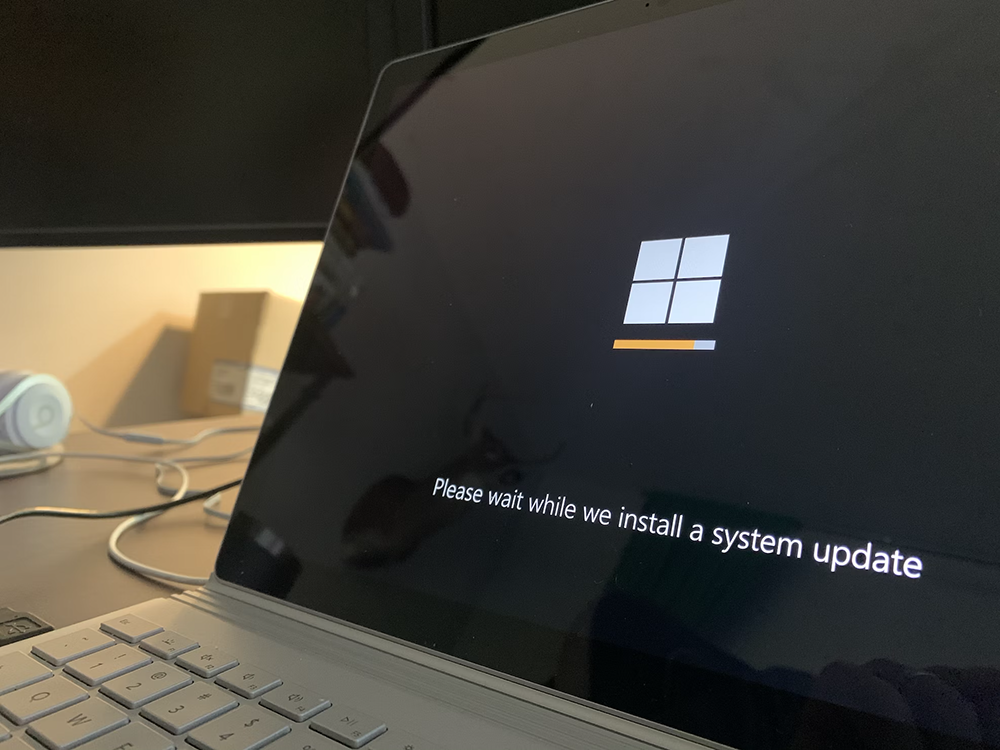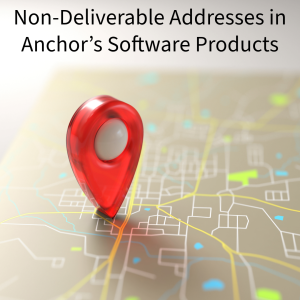One of the biggest data pain points in dealing with legacy systems is old data. In fact, a report from eMarketer noted that 83% of marketing and sales professionals say that old, outdated data is their biggest challenge. Complicating the problem of old data is the issue of data being stored in older systems, where updating or analyzing data can become problematic.
So how can companies address the problems with legacy systems and do away with data rot for good?

What are the Problems with Legacy Systems?
One report noted that 66% of IT professionals found that COVID-19 exposed notable weaknesses in their digital strategies. Many such weaknesses arise from problems created by legacy systems.
Customers today are expecting high quality interactions from their sales and marketing platforms. Legacy systems are not only expensive, difficult to maintain and a security threat, but they also make it very difficult, if not impossible, to integrate new tools. Want to add a chatbot to your website for better customer service, or integrate data from your socials into your CRM? Not likely with a legacy system.
Here are some of the major drawbacks to working with legacy systems:
- Security and compliance issues from potential data breaches
- High maintenance costs
- Long load times and inefficiencies
- Incompatibility with new software and systems
- Creating data silos
- Loss of support and maintenance options
- Outdated leads and other information

What are Some Tips for Dealing with Outdated Data?
Cleaning up old data is the best way of moving forward in a good way, whether you want to move quickly or slowly into a new system entirely.
Here are some tools that can help:
- Data Cleansing: Any business that is collecting data is going to run into quality issues for the simple fact that things change with time: contacts will change position or leave the company, and customers move. This issue is often overlooked, but the reality is, according to Gartner, that outdated data alone is impacting organizations to the tune of $15 million per year.
- Data Enhancement: B2B and B2C companies are dependent on their communications. Data enhancement helps retain clients by enhancing mailing lists with information like the type of residence and updating missing data like apartment numbers.
- APIs and Automation Tools: APIs and automation help by integrating address correction processes in a way that far exceeds traditional batch processing to ensure bad data is caught on the spot.
- IBM z/OS Mainframes: Company mainframes are the beating heart of operations and are responsible for functions including order processing, financial transactions, inventory control, payroll, and much more. Finding a quality mainframe can turn a sluggish, costly, unsecure legacy data system into one that is adaptable to all of the new opportunities of today and tomorrow.
Anchor Software has the tools and know-how to keep your data in the best shape possible – everything from data cleansing and enhancement to APIs and automation tools and advanced tools for high-end systems like IBM z/OS mainframes.

| Thank you for Signing Up |







